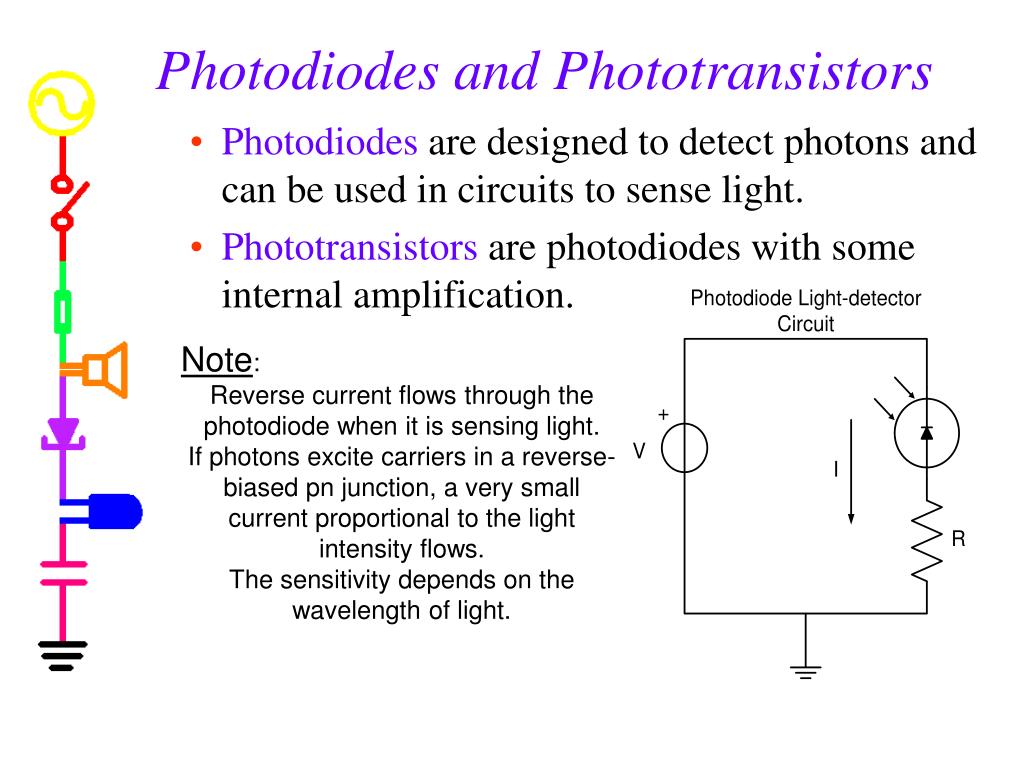


In addition, through the hysteresis-related defect-generating process, we have achieved a high responsivity since the bulk defects that can be photo-excited and eject electrons also increase with increasing deposition power density. The photo-TFTs with large hysteresis-related defects have high S/N ratio and fast recovery in spite of the low operation voltages including a drain voltage of 1 V, positive gate bias pulse voltage of 3 V, and gate voltage pulse width of 3 V (0 to 3 V). This implies that we can easily control the amount of the interface trap sites and/or trap sites in the gate insulator near the interface. The hysteresis loops broaden as the deposition power density increases. The surfaces of the Al 2O 3 gate insulators are damaged by ion bombardment during the deposition of the IGZO channel layers by sputtering and the damage results in the hysteresis behavior of the photo-TFTs. The photo-TFTs are inverted-staggered bottom-gate type indium-gallium-zinc-oxide (IGZO) TFTs fabricated using atomic layer deposition (ALD)-derived Al 2O 3 gate insulators. We have demonstrated that photo-thin film transistors (photo-TFTs) fabricated via a simple defect-generating process could achieve fast recovery, a high signal to noise (S/N) ratio, and high sensitivity.


 0 kommentar(er)
0 kommentar(er)
